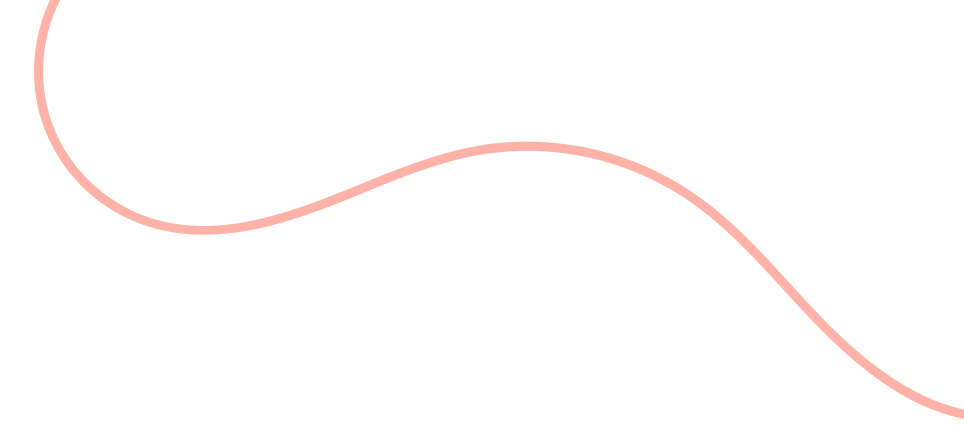Lesson 1 part C : Present Continuous: I am doing, description (3)
THE PRESENT CONTINUOUS: BE + VERB-ING: DESCRIPTION I DO
The present continuous tense, also known as the “present progressive” tense, can be used for descriptions, but in a specific way. Here’s how it works:
Using the Present Continuous for Descriptions:
The present continuous can be used for descriptions when you want to emphasize a temporary state or ongoing action that is affecting the way something appears or behaves at this moment. This creates a more vivid and dynamic description.
Here are some examples:
- The leaves are falling from the trees, creating a beautiful carpet on the ground. (The action of falling is ongoing and contributes to the scene.)
- She is wearing a bright red dress that is standing out in the crowd. (The continuous state of wearing and the ongoing effect of standing out add detail.)
- The old house is looking a bit neglected these days. (The present state of looking neglected describes the house’s current appearance.)
Points to Remember:
-
Not all descriptions work with the present continuous. It’s most effective when there’s a temporary state or ongoing action involved.
-
For permanent characteristics or general descriptions, the present simple tense is usually a better choice.
- Incorrect: The Eiffel Tower is being very tall. (This is a permanent characteristic.)
- Correct: The Eiffel Tower is very tall. (Simple present for a permanent feature.)
-
The present continuous can also describe a temporary change in a person’s usual state.
- Example: He is acting strangely today. (This suggests a temporary difference from his usual behavior.)
In summary:
The present continuous can be a powerful tool for descriptions when it highlights a temporary state or ongoing action that contributes to the current appearance or behavior of something. However, it’s not suitable for all descriptions, and the present simple tense is often preferred for permanent characteristics.
The present continuous: Be + Verb-ing:









